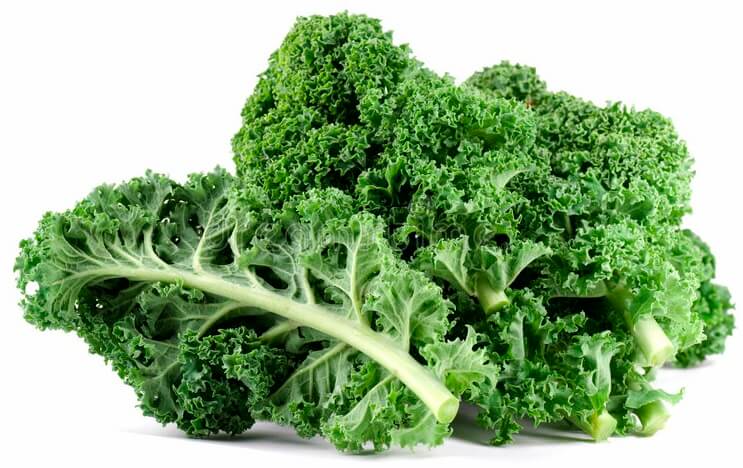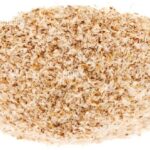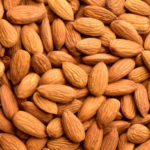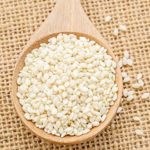Dear Readers, Just a few years ago, kale was a rather boring vegetable that was mainly served by grandparents. In the meantime, cabbage has become particularly popular with young and health-conscious people and is valued for its effective nutrients. We will enlighten you about well-tried vegetables Kale Skin Beauty.
Green cabbage (kale) is the new trend vegetable
The taste of Kale Skin Beauty is reminiscent of other types of cabbage, but it is a little tart. In general, it tastes spicy to sweet and is therefore well suited as an accompaniment to hearty food.
In recent years, the dark green cabbage has regained popularity. The once boring cabbage has been marketed as a versatile superfood. Green cabbage or in English “kale” was suddenly a trendy vegetable with valuable nutrients and numerous health-promoting effects.
Kale is a winter vegetable. Although the cabbage probably originally came from Greece, it also withstands cooler temperatures in Central Europe.
It is harvested between October and February. You can recognize kale by its curly and deep green leaves. If the cabbage is exposed to low temperatures before harvest, it develops its very own taste.
The low temperatures ensure that the starch it contains is converted into sugar. This gives the cabbage a sweet taste. If the winter is rather mild, the cabbage tastes bitter.
How healthy kale really is
In the USA, the vegetable is popular mainly because of its health-promoting effects. For example, it is said to help with cancer and diabetes and even prevent Alzheimer’s. We explain what the hype about cabbage is all about.
Vitamin C as an antioxidant
Kale Skin Beauty impresses with its high vitamin C content, putting even lemons in the shade. 100 grams of fresh vegetables contain 105 milligrams of vitamin C. That already covers the daily needs of an adult.
Vitamin C has many important functions in the body. It is an antioxidant that inhibits harmful oxygen radicals in the body, protecting against premature aging and serious diseases.
Free radicals are caused by environmental influences such as UV radiation and can damage enzymes in the cell. Antioxidants such as vitamin C can neutralize these radicals and protect the cells.
In addition, the vitamin strengthens the immune system and promotes metabolic processes in the body. For example, it is involved in the formation of white blood cells and antibodies. The vitamin is also essential for a healthy complexion.
It keeps connective tissues tight by promoting the production of collagen in the body. Collagen is a protein that is largely found in connective tissue. The protein is also important for bones, teeth, tendons, and cartilage.
Calcium strengthens bones
Kale Skin Beauty also contains almost as much calcium as milk. While a glass of milk with around 250 milliliters contains around 300 milligrams of calcium, kale has a calcium content of up to 200 milligrams per 100 grams.
Calcium has important functions in the body. It is best known for its effect on bones and teeth. The mineral accumulates in the bones and teeth and ensures the strength of the tissue there.
Calcium also plays a role in blood clotting and in the nervous system. Since the body needs calcium for these processes, it takes the nutrient from the bones when there is a deficiency. This is how osteoporosis can develop.
Cell protection by vitamin E
In addition, Kale Skin Beauty contains a comparatively large amount of vitamin E. Just 100 grams of fresh cabbage can contain up to 1.7 milligrams of the important vitamin. The daily requirement for an adult is between 12 and 14 milligrams.
Vitamin E has various functions in the body. Like vitamin C, it is one of the antioxidants and thus contributes to cell protection. With its antioxidant effect, the vitamin strengthens the immune system by fighting inflammation.
Vitamin E is also particularly effective on the skin and is therefore often useful in skin care products. It strengthens the skin barrier and can protect it from irritation and stress. In addition, it moisturizes and ensures a supple.
Good eyes with vitamin A
Green cabbage also has a relatively high content of vitamin A. 100 grams of fresh cabbage can contain up to 0.8 milligrams of the important vitamin. This covers the daily needs of an adult woman. Men need about 1.0 milligrams of vitamin A per day.
Vitamin A or provitamin A (usually in the form of carotenoids) performs important functions for vision. It is essential for the formation of visual pigments, which your body needs, among other things, to distinguish between light and dark.
Vitamin A is also important for cell protection and the immune system. It helps form white blood cells, and stabilizes the skin and mucous membranes, making them more resistant to viruses and bacteria.
Chlorophyll for blood formation
Kale Skin Beauty gets its name from its dark green leaves. The darker the cabbage leaves, the more chlorophyll they contain. Chlorophyll is a plant pigment that plants need for photosynthesis. In the human body, the secondary plant substance acts as an antioxidant and can thus render harmful substances in the body harmless.
Blood formation can also benefit from the plant pigment. The chemical structure of chlorophyll is similar to that of the red blood pigment hemoglobin. So it can support the oxygen transport in the veins.
Low calorie
Kale can also be consumed during diets. It is low in calories and contains little fat. 100 grams of fresh kale has only about 45 calories and less than 1 gram of fat. It is therefore very suitable for any diet.
You can also eat cabbage with diets that want to achieve a quick effect. It provides important nutrients that the body needs to function optimally but does not burden it with extra calories.
For example, kale contains a lot of vitamin E, which is otherwise mainly found in high-calorie and high-fat foods such as nuts and oils. Although these foods are part of a healthy diet and provide the body with essential fatty acids, they can mitigate the effects of a strict diet due to their calorie density.
High in fiber
Although kale is low in calories, it is high in fiber. Dietary fibers ensure, among other things, a longer feeling of satiety. This can be especially helpful during a diet. In addition, fiber can lower blood cholesterol levels.
When there is too much cholesterol in the blood, it builds up in the arteries, causing them to narrow. Such narrowing can increase the risk of cardiovascular diseases such as heart attacks.
Intestinal problems such as constipation can also reducing with an adequate fiber intake. However, too much fiber in the daily food intake can promote flatulence.
Cancer prevention with kale
A study by the University of Oldenburg and Jacobs University in Bremen found that kale can prevent cancer. It contains numerous cancer-preventing substances, putting other vegetables such as broccoli in the shade.
The reason for this effect is the mustard oils that form when the cabbage is chopped up. These can act against cancer cells and protect the cells from damage. In addition to kale, many other types of cabbage such as Chinese cabbage, cauliflower, and Brussels sprouts contain valuable mustard oil, but in much smaller doses.
Side effects
Kale is very well tolerated, regional, and has many benefits for your health. However, as with many other types of cabbage, flatulence can occur. Sensitive people who tend to have a bloated stomach should therefore only eat small amounts of cabbage and avoid eating raw kale.













Leave a Reply